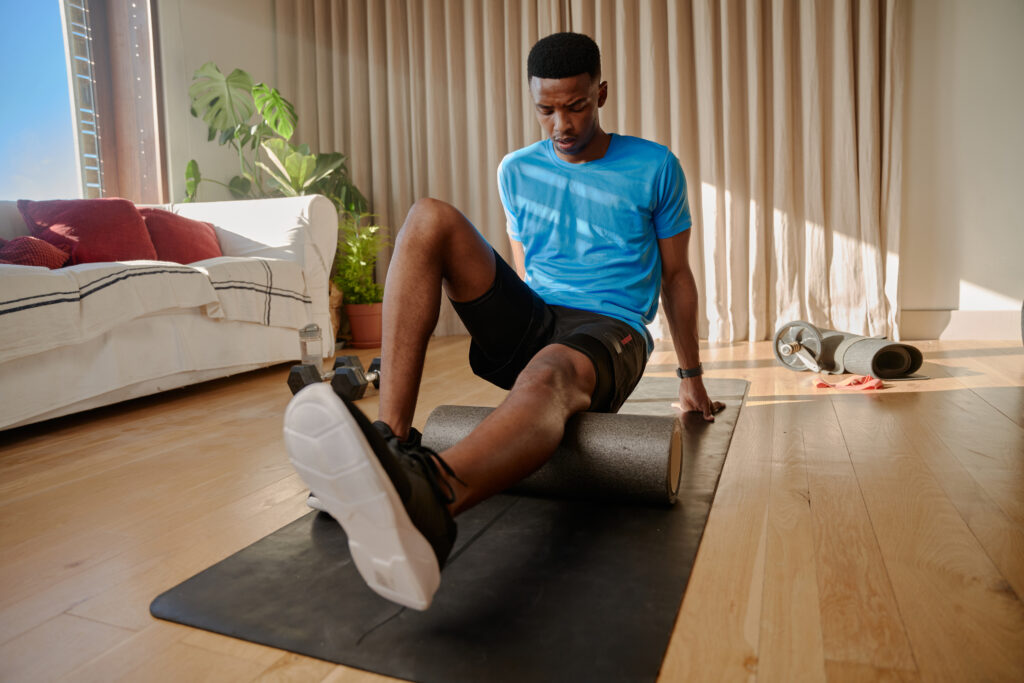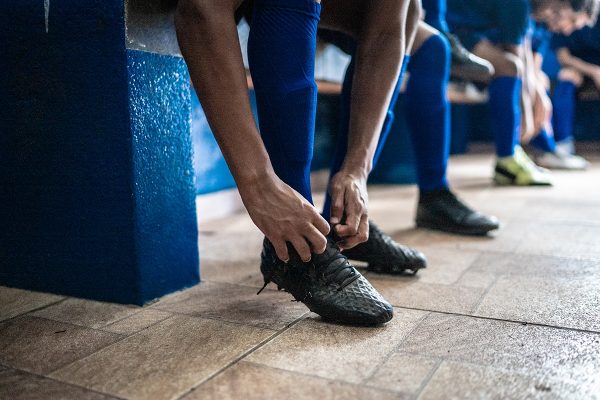Back 15 or so years ago – foam rolling was the rage. My first foam roller – it cost $12 CAD – my how times have changed.
Foam Rolling is an area of great debate – some think it’s useless and others think it’s the greatest thing since sliced bread. In this piece I discuss what foam rolling does and doesn’t do…
What Foam Rolling Does
1 – Improve flexibility
The biggest application of foam rolling is to improve flexibility and raise of motion (1, 2).
2 – Reduce fatigue
Some research (2) shows that foam rolling can improve fatigue, recovery and subsequent performance although the effect is small. Fatigue is subjective and as such this research needs to be taken with a grain of salt.
3 – (In most cases) Feel good
What Foam Rolling Doesn’t Do
1 – Break down scar tissue or release fascia: To deform fascia by even 1% 2000 lbs of force is needed (3)!!!!
2 – Replace proper recovery and rehab measures (i.e. proper nutrition, sleep, mood management and as needed activity modification)
Now should I use it or should I not?
As long as it’s not increasing your pain or aggravating any other potential health conditions you may have – foam rolling’s fine. The issues are when people foam roll
So much that it’s causing increased pain, bruising, or skin irritation
Use it as a bandaid in place of proper recovery and rehab
That’s the bottom line on foam rolling! If you’re interested in learning more about how to properly foam roll I recommend booking in with a Kinesiologist or Physiotherapist here who can better educate you on these modalities. Thanks for reading!
References
- Pagaduan, J.C., Chang, S.Y., Chang, N.J. (2022). Chronic Effects of Foam Rolling on Flexibility and Performance: A Systematic Review of Randomized Controlled Trials. Int J Environ Res Public Health. ,19(7), 4315. doi: 10.3390/ijerph19074315.
- Wiewelhove, T., Döweling, A., Schneider, C., Hottenrott, L., Meyer, T., Kellmann, M., Pfeiffer, M., Ferrauti, A. (2019). A Meta-Analysis of the Effects of Foam Rolling on Performance and Recovery. Front Physiol., 10, 376. doi: 10.3389/fphys.2019.00376.
- Chaudhry, H., Schleip, R., Ji, Z., Bukiet, B., Maney, M., Findley, T. (2008). Three-dimensional mathematical model for deformation of human fasciae in manual therapy. J Am Osteopath Assoc, 108(8), 379-90. doi: 10.7556/jaoa.2008.108.8.379.





